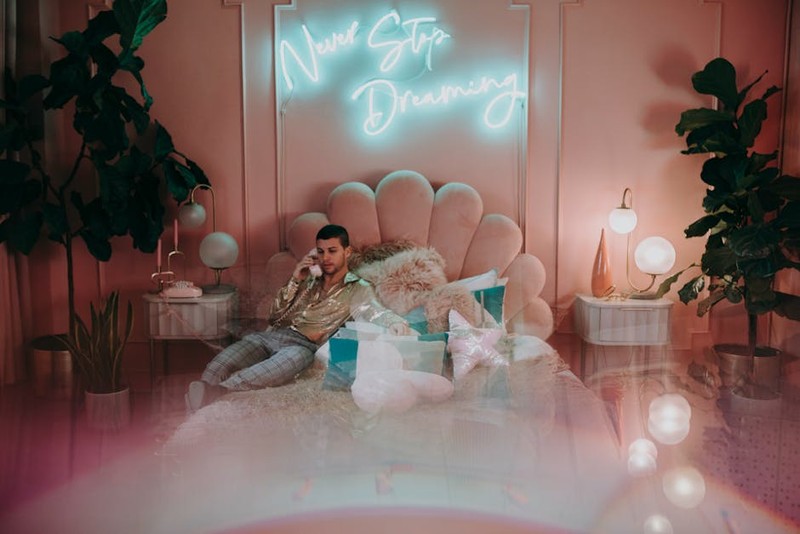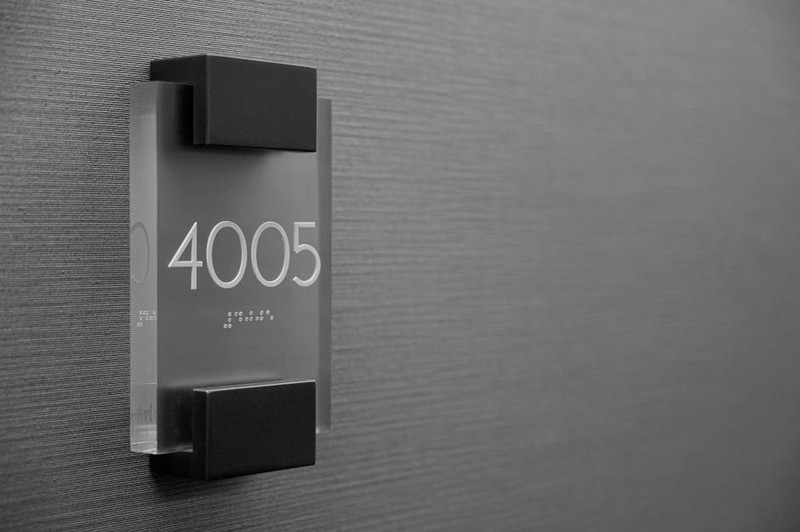The Hidden Challenge: Balancing Precision and Aesthetics in Luxury Signage
Luxury signage isn’t just about visibility—it’s a statement of brand identity, craftsmanship, and exclusivity. Yet, achieving this level of perfection presents a unique challenge: how to marry CNC routing’s technical precision with the artistic demands of high-end design.
In my 15 years of CNC machining, I’ve seen countless projects fail because of overlooked details:
– Material inconsistencies causing uneven finishes.
– Toolpath errors leaving visible machining marks.
– Poor joint design complicating assembly and installation.
One memorable project involved a flagship boutique requiring oversized brass letters with a mirror polish. The client rejected the first prototype due to faint tool marks—a $12,000 lesson in why feed rates and spindle speeds matter just as much as material quality.
Expert Strategies for Flawless Luxury Signage
1. Material Mastery: Beyond the Basics
Luxury signage demands materials that age gracefully and feel premium. Here’s how to choose:
| Material | Best For | Key Consideration |
|---|---|---|
| Brass | High-end retail, corporate logos | Requires slower RPM to avoid work hardening. |
| Acrylic | Backlit signage | Opt for cast acrylic to prevent internal stresses. |
| Hardwoods | Boutique hotels, resorts | Seal with UV-resistant coatings to prevent warping. |
Pro Tip: For metallic finishes, use single-flute carbide bits to reduce heat buildup and achieve smoother cuts.
2. Toolpath Optimization: The Art of the Invisible Cut
A luxury sign shouldn’t look “machined.” Here’s how to hide the process:
– Climb milling for cleaner edges on metals.
– Raster toolpaths at 15° increments to eliminate visible patterns.
– Finishing passes with a 10% stepover for glass-like surfaces.

In a recent project for a luxury automaker, optimizing toolpaths reduced post-processing labor by 40% while achieving a hand-polished look.

3. Finishing Techniques That Define Excellence
The difference between “good” and “luxury” often lies in the finish:
– Vibration polishing for metals: Eliminates micro-scratches without manual labor.
– Flame polishing for acrylic: Creates a crystal-clear edge but requires precise temperature control.
– Hand-rubbed oil finishes for wood: Enhances grain while maintaining durability.
Case Study: A 5-star hotel’s lobby signage used CNC-routed walnut with a custom oil/wax blend. The result? A 60% reduction in maintenance costs compared to lacquered alternatives.
The Future of Luxury Signage: CNC and Beyond
Emerging trends are pushing boundaries:
– Hybrid materials: Layered acrylic and metal for dynamic lighting effects.
– AI-driven toolpath generation: Minimizing waste on exotic materials like marble composites.
– Sustainable luxury: Reclaimed wood and recycled metals, machined with zero-waste protocols.
Final Takeaway: Luxury signage is where engineering meets art. By mastering CNC routing’s nuances—from material science to invisible toolpaths—you can create pieces that don’t just serve a purpose but tell a story.
What’s your biggest challenge in luxury signage? Share your experiences below—let’s solve it together.
